

Please wait a while...
Ready in a jiffy


Please wait a while...
Ready in a jiffy


About Smiley's World of Smarts
Keen to find out what your child’s smarts are? POSB has teamed up with Flying Cape to launch a gamified assessment tool, Smiley’s World of Smarts! Do away with the conventional Q&A paper assessments. Let your child have fun with interactive games, while you discover his/her unique multiple intelligence!
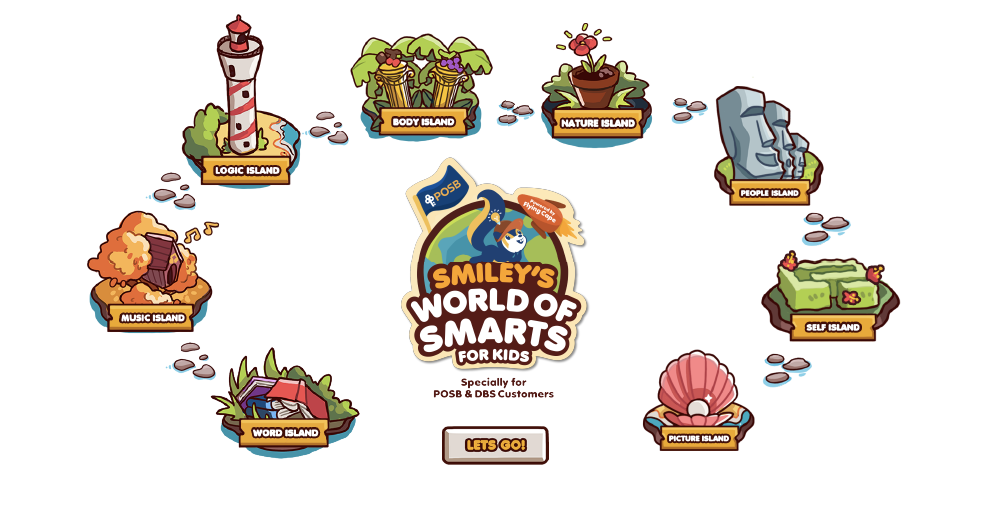
Gameplay
Based on the Multiple Intelligence (MI) Framework, Smiley’s World of Smarts aims to offer meaningful insights into your child’s unique MI profile as he/she navigates through 8 islands, each representing a different intelligence.
Best suited for
ages 6 to 12.
3 - 5 minutes
per island.
Performance
tracked in game.
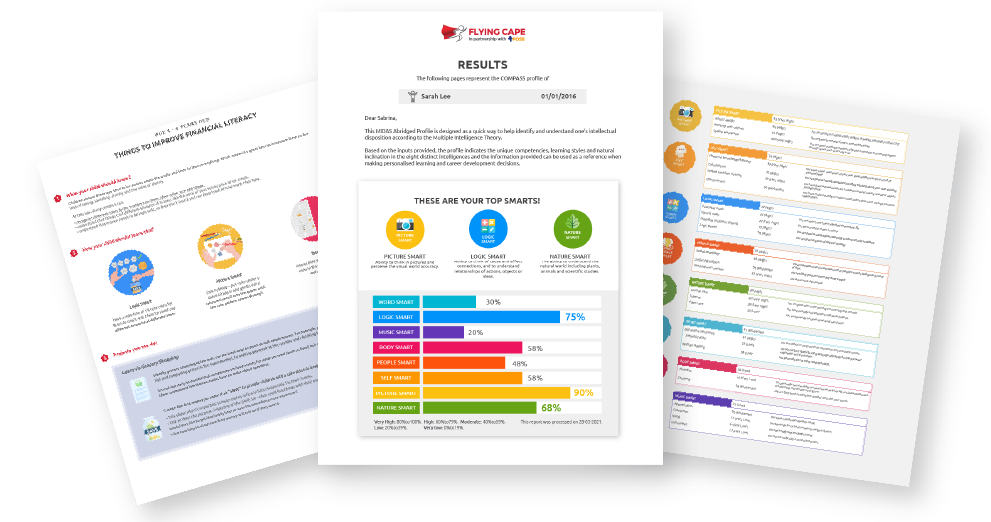
Assessment Report
After your child has completed playing the 8 mini games on Smiley’s World of Smarts, you’ll receive a detailed analysis of your child's unique competencies.
A report on your child's
multiple intelligence.
Tips on helping your
child learn to
his/her smarts.
Personalised tips on
teaching your child
money matters
based on his/her smarts.
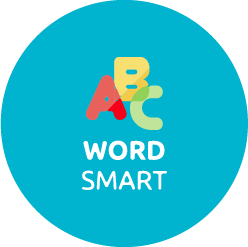
Linguistic
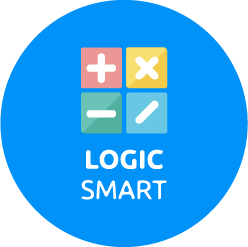
Logical/Math

Musical

Kinesthetic
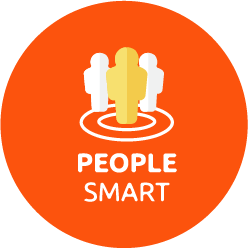
Interpersonal

Intrapersonal

Spatial

Naturalist
About Multiple Intelligence
and Financial Literacy
Developed in 1983 by Dr. Howard Gardner, professor of education at Harvard University, the theory of Multiple Intelligence assessment (MI) differs from the traditional notion of assessment solely via I.Q. testing. Instead, Dr. Gardner discovered there were 8 types of human intelligences, which shape the way children understand, process, and learn.
As parents, understanding our children’s multiple intelligences can help us make sense of their learning styles and facilitate their learning journeys as they grow. Help our children to learn better based on their smarts, even on money matters! By teaching them the value of money, you can help them develop good habits and prepare them for their future.
Teaching your child money management
From the age of 4 years old, children will begin to figure out and shape their money habitudes. Therefore, it is a great time to start teaching children how to make sense of money when they are as young as 4 to 6 years old. Get started on this journey by using simple activities to help them understand the value of money and develop good financial habits in everyday activities. For example, if your child is a kinesthetic learner (Body Smart), it would be great to introduce money through song and dance as children that age tend to grasp concepts better through physical engagement.
Children 7 to 9 years old begin to understand that you buy things with money you earn, but they are still figuring out the bigger picture of how money really works. One of the biggest steps in financial literacy is not just learning the concept of savings but also identifying the difference between “Needs” and “Wants”. Use opportunities to share, teach, and experience together. For instance, if your child is strong in interpersonal intelligence (People Smart), get them to plan the next family gathering and learn budgeting tips at the same time.
Children 10 to 12 years old should be familiar with managing money and it is a good time to show them how to make good money decisions. To prepare them for the digital world, find ways to let them try out cashless money transactions and digital payment modes. Look for opportunities to allow them to explore their passions at the same time. For example, if your child has high naturalistic intelligence (Nature Smart), you could work with him/her to identify a cause he/she is passionate about (e.g. conservation efforts), and organise a mini fund-raising activity for a charity of his/her choice.



You might be interested in these to help your child better manage money
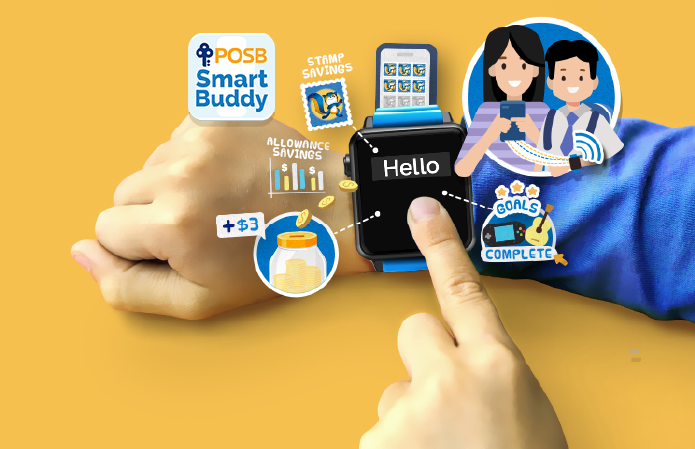
Teach your children the value of money with Smart Buddy. Transfer allowance and allow your children to manage their spending and savings while you keep track of their expenses.